Monthly Archives: January 2025
SOURCE: AFI
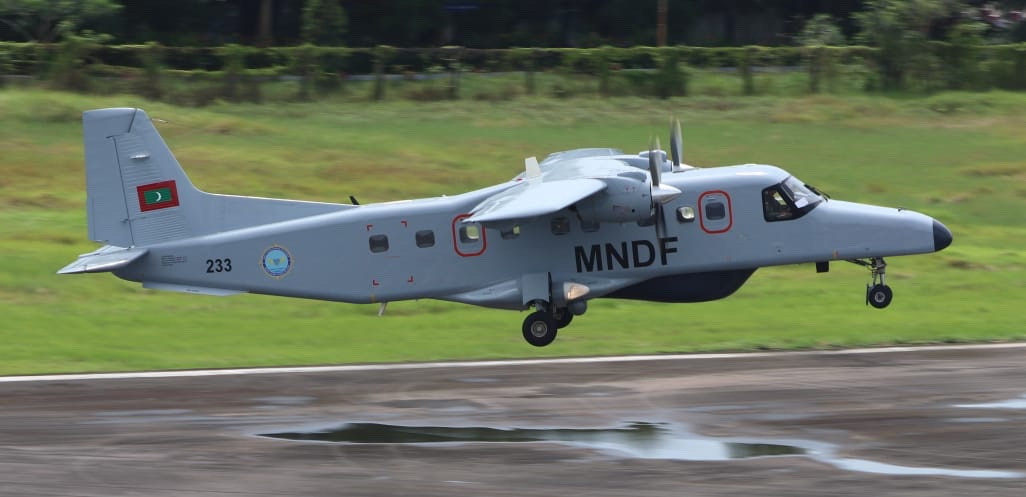

In a significant move to bolster defence relations between India and the Maldives, Indian Defence Minister Rajnath Singh and Maldives Defence Minister Mohammed Ghassan Maumoon held pivotal talks in New Delhi on Wednesday. These discussions were aimed at infusing new “vigour” into the defence cooperation between the two nations, with a strong emphasis on enhancing maritime security, information exchange, and the capability-building of the Maldives National Defence Forces (MNDF) through focused training initiatives.
The primary objective of the talks was to deepen cooperation in areas that are crucial for both countries’ security interests, particularly maritime security. The Indian Ocean, being a vital strategic and economic zone, is a key area of concern for both nations. The discussions were centered on how to strengthen maritime surveillance, share critical information, and increase interoperability between the armed forces of the two nations, especially in light of the growing security challenges in the region.
Continue readingSOURCE: IDRW.ORG
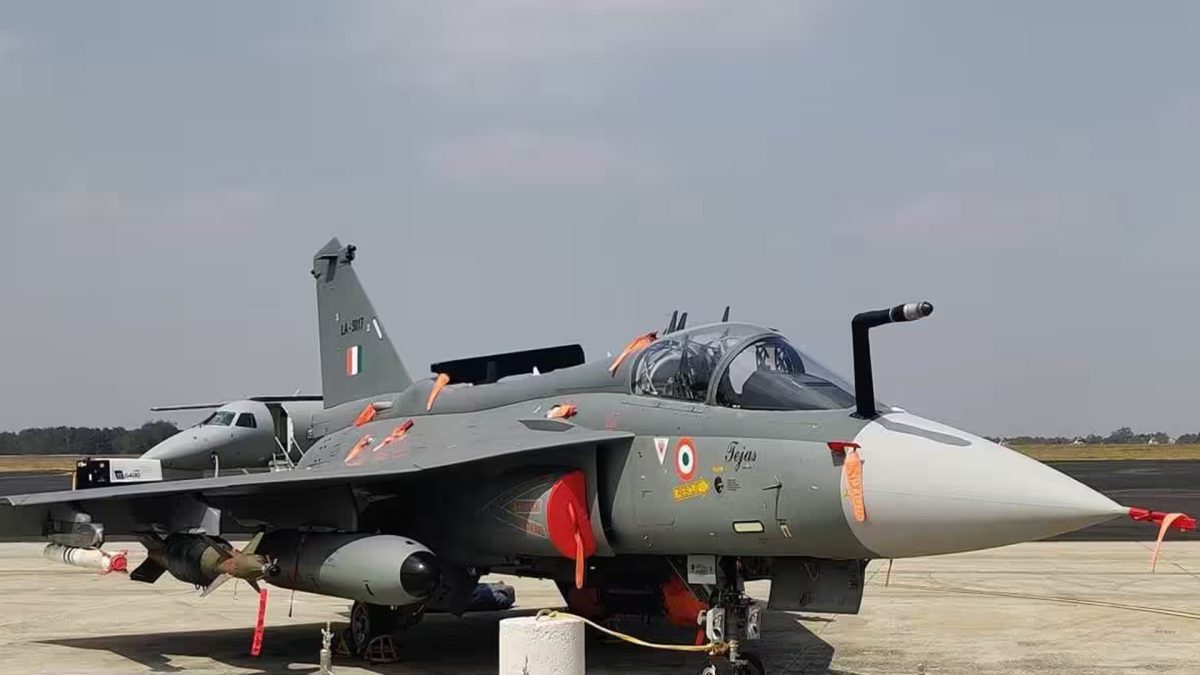

Air Chief Marshal Amar Preet Singh, the current Chief of the Air Staff of the Indian Air Force (IAF), has openly criticized the pace and approach towards indigenous Aircraft manufacturing in India. Speaking recently, he highlighted the slow and often painful process of designing, developing, and manufacturing Aircraft within the country. His comments have sparked a broader conversation about the need for a more dynamic and aggressive strategy in defense production.
During his remarks, Air Chief Marshal Singh pointed out the inherent delays in the development cycle of indigenous projects. “Everything being designed, developed, manufactured within the country, it is a slow process, it is a painful process,” he stated, underscoring the challenges faced by the IAF and other defense sectors in achieving self-reliance.
Continue readingSOURCE: IDRW.ORG


In a move prompted by safety concerns, the entire fleet of around 330 Dhruv Advanced Light Helicopters (ALHs) used by the Indian Armed Forces has been temporarily grounded following a tragic crash in Porbandar on Sunday. The incident claimed the lives of two pilots and an aircrew diver, highlighting ongoing issues with the aircraft’s safety record.
The crash has reignited discussions about the reliability and safety of the domestically produced Dhruv helicopters. A senior team from Hindustan Aeronautics Limited (HAL), the manufacturer of the ALH, has been dispatched to investigate the recent accident. However, criticisms regarding HAL’s approach to addressing these recurring problems have surfaced.
Continue readingSOURCE: AFI


Hindustan Aeronautics Limited (HAL) has announced plans to conduct an independent review and engage consultancy services aimed at modifying its prototype helicopters to reduce noise levels. The primary goal is to attenuate noise by at least 10 to 15 dB in the critical frequency range of 500 to 8000 Hz to comply with the MIL-STD-1474 D military noise specifications.
This move comes after noise level measurements were carried out inside the cockpit and cabin of one of HAL’s Light Utility Helicopter (LUH) prototypes during developmental flight tests. The tests revealed that the noise levels were exceeding MIL-STD-1474 D limits, particularly in the 500 to 8000 Hz frequency band, which is highly sensitive to the human ear and critical for both comfort and operational safety.
Continue readingSOURCE: AFI


In the rapidly evolving landscape of global aerospace technology, India’s Aeronautical Development Agency (ADA) stands at a pivotal moment. The concept of a ‘Skunk Works’, a term popularized by Lockheed Martin for its Advanced Development Programs, represents a model of innovation where small, agile teams work with considerable autonomy to develop cutting-edge projects. Here’s why India needs to establish its version of Skunk Works within the ADA, dedicated to next-generation aerospace programs, with direct funding and oversight from the Prime Minister’s Office (PMO).
Traditional bureaucratic structures often slow down innovation due to red tape and slow decision-making processes. A dedicated Skunk Works within ADA would operate with the agility necessary to match the pace of global competitors like the USA, Russia, and China, who already employ similar models for rapid prototyping and development.
Continue readingSOURCE: AFI
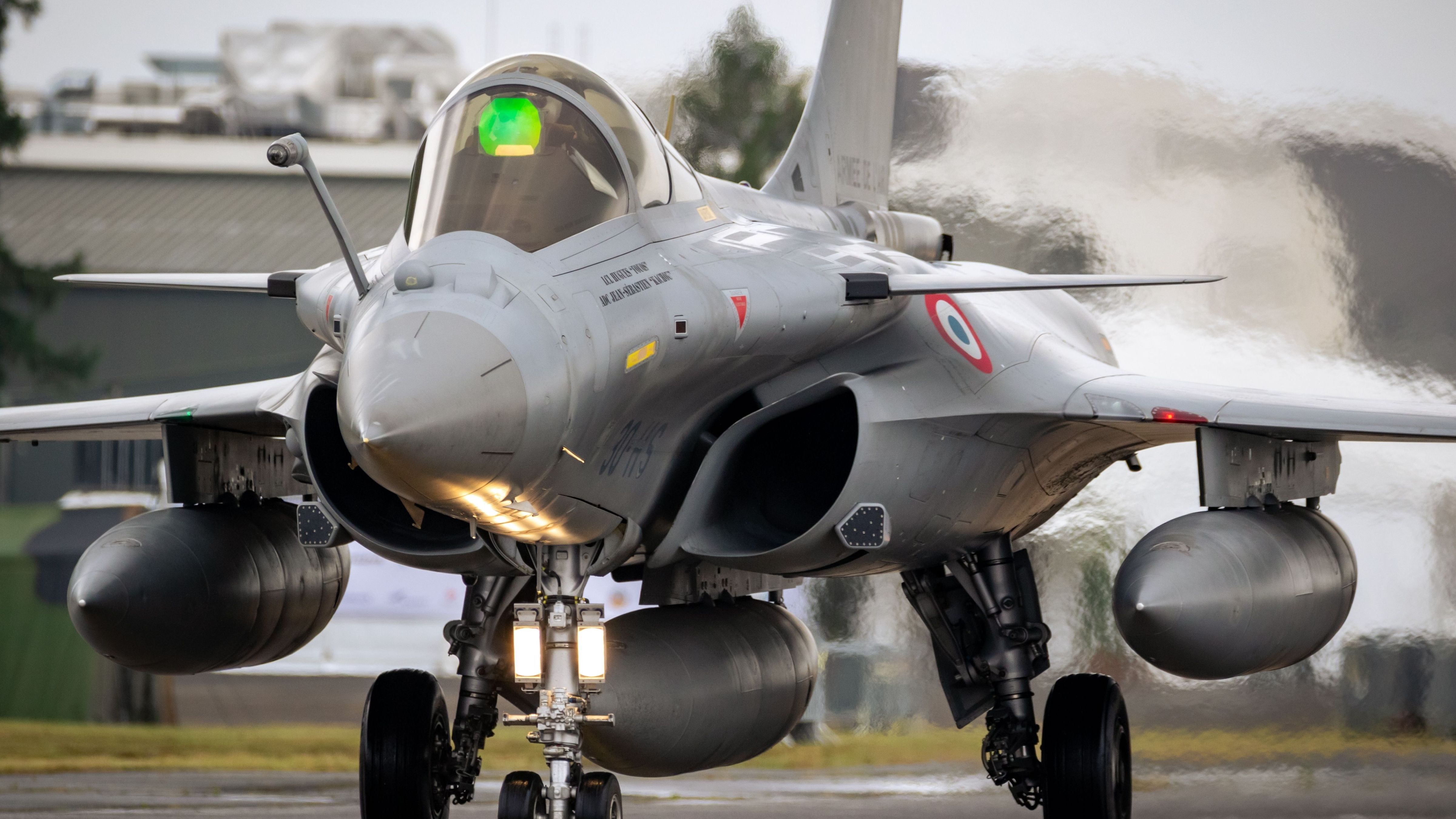

In a recent conversation with ANI, Air Marshal Dilip Kumar Patnaik (Retd), a former senior officer of the Indian Air Force (IAF), voiced his strong opinion regarding the controversy surrounding the purchase of Rafale fighter jets. Patnaik, known for his extensive experience in military aviation, stated that the Rafale is a highly capable and advanced fighter jet, and he criticized the current government for halting further acquisitions of the aircraft, citing allegations of corruption as the primary reason.
Patnaik emphasized that the Rafale, built by the French aerospace company Dassault, is one of the most technologically advanced fighter jets in the world, with superior capabilities in terms of speed, payload, avionics, and Semi-stealth features. He argued that the jet has proven its worth in various military scenarios and is an essential asset for strengthening India’s air defense capabilities.
Continue readingSOURCE: AFI
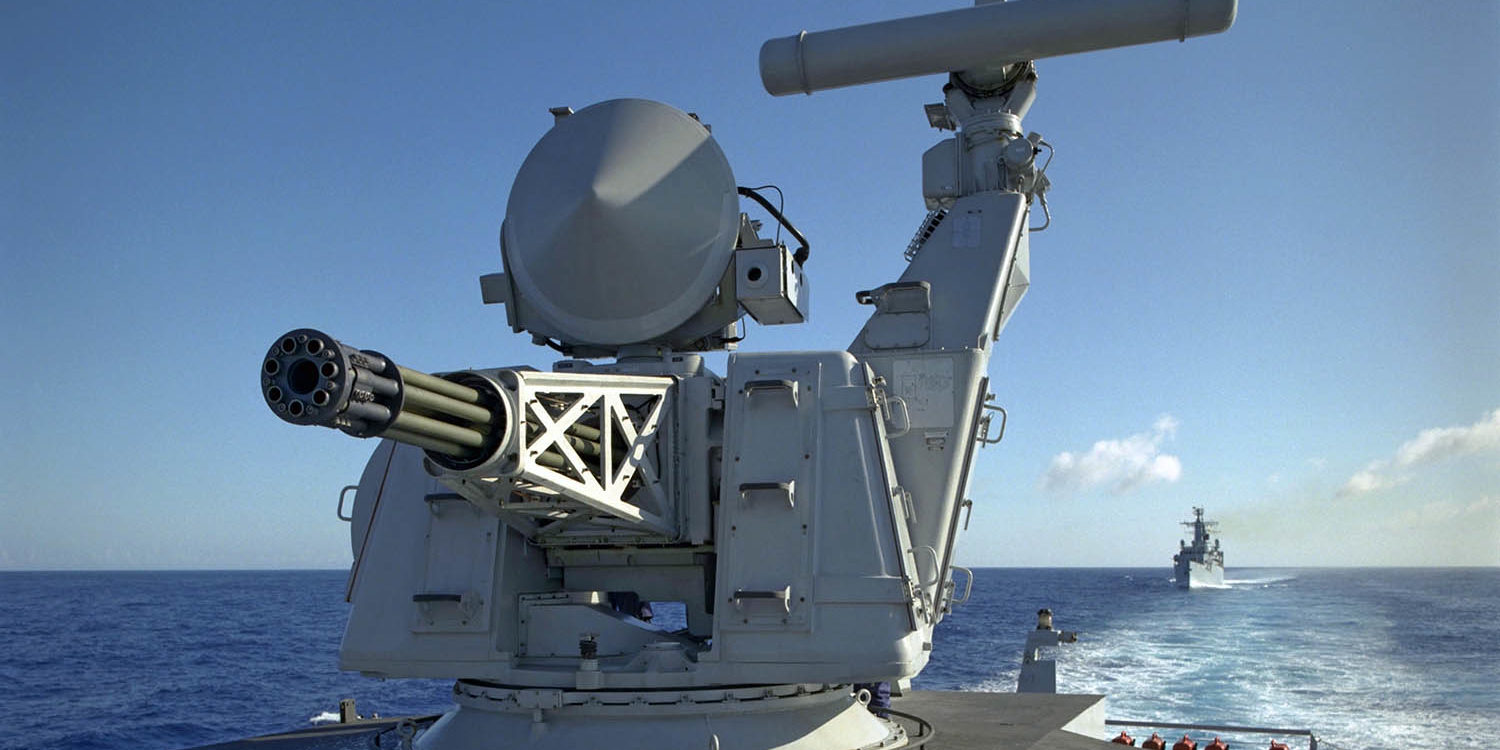

In a significant boost to India’s defence manufacturing sector, Bengaluru-based DCX Systems has received a notable export order from Israel’s Elta Systems Ltd. This contract involves the manufacture and supply of Close-In Weapon System (CIWS) module assemblies, highlighting DCX Systems’ growing stature and expertise in the global defence market.
The order from Elta Systems, a renowned entity in the development of advanced defence and intelligence electronics, underscores DCX Systems’ capability in producing high-quality, mission-critical components. CIWS module assemblies are pivotal for the protection of naval ships and other high-value military assets, providing last-ditch defence against threats like anti-ship missiles and aircraft. This contract not only signifies trust in DCX Systems’ technological prowess but also enhances the strategic cooperation between India and Israel in the defence sector.
Continue readingSOURCE: AFI
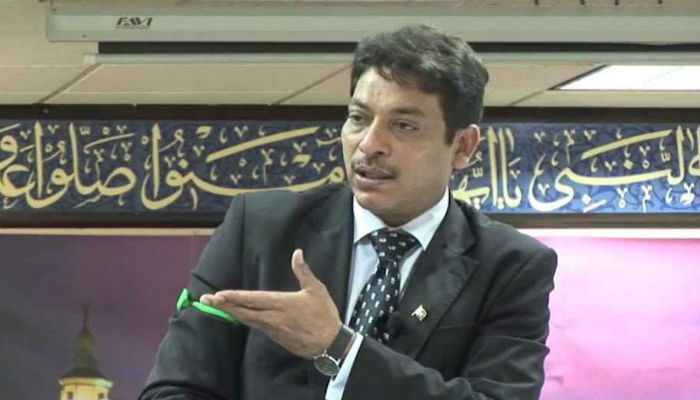

In a recent appearance on Pakistani national media, Faisal Raza Abidi, a well-known former senator and political commentator, made bold assertions linking Indian Prime Minister Narendra Modi with Israeli Prime Minister Benjamin Netanyahu over the ongoing situation in Gaza. Abidi controversially claimed, “Modi and Netanyahu want to expand Indian business interests in Gaza after Haifa port,” alleging that “The Gaza campaign was a pre-planned conspiracy between Modi & Netanyahu.” He further stated, “Netanyahu has promised Modi to give control of a ‘neat and clean Gaza.’ That’s why Netanyahu is finishing off Hamas.”
These statements have sparked a significant amount of discussion and ridicule, particularly on the social media platform X, where a video of Abidi’s claims has gone viral. Indian users, among others, have mocked these assertions, highlighting the absurdity of linking Modi directly to the operational tactics of the Israeli Defense Forces (IDF) in Gaza.
Continue readingSOURCE: RAUNAK KUNDE / NEWS BEAT / IDRW.ORG


India’s Defence Research and Development Organisation (DRDO) is set to elevate its Ballistic Missile Defence (BMD) program to Phase 3, with a focus on countering next-generation hypersonic threats. With the development of two cutting-edge interceptor missile systems, AD-AH and AD-AM, India will join an elite group of nations capable of neutralizing hypersonic projectiles.
While detailed specifics of the program remain under wraps, the introduction of these interceptors marks India’s ambition to join an exclusive club of nations capable of neutralizing hypersonic threats. Hypersonic weapons, travelling at speeds above Mach 5-9, present a unique challenge due to their speed, manoeuvrability, and the fact that they operate within the Earth’s atmosphere, evading traditional missile defence systems that are optimized for engagements in outer space.
Continue readingSOURCE: RAUNAK KUNDE / NEWS BEAT / IDRW.ORG


Hindustan Aeronautics Limited (HAL) offical has told that the Intermediate Jet Trainer (IJT) HJT-36, known as the Sitara, is on track to enter full production by 2028. This update comes after a series of rigorous trials and modifications aimed at meeting the stringent requirements set by the Indian Air Force (IAF). Speaking to idrw.org, a HAL official confirmed that most user-mandated tests, including critical spin and stall trials, have been successfully conducted.
The journey to this point has been fraught with technical challenges, particularly with the aircraft’s spin characteristics. Initially deemed “unfit” for service by IAF officials due to these issues in 2017, HAL has since undertaken significant design modifications.
Continue readingSOURCE: RAUNAK KUNDE / NEWS BEAT / IDRW.ORG


In a significant decision that has implications for the future operational capabilities of its air force, India has turned down an offer from Russia to equip its 84 “Super Sukhoi” configured Su-30MKI aircraft with the advanced AL-41F engines. These engines, which provide superior thrust and a better Mean Time Between Overhauls (MTBO) compared to the current AL-31FP engines, were proposed as part of an upgrade package for the Indian Air Force (IAF).
An official from Hindustan Aeronautics Limited (HAL), speaking to idrw.org, confirmed that the decision to stay with the AL-31FP engines was predominantly made by the IAF. Despite the AL-41F’s compatibility with the Su-30MKI, as demonstrated by the Russian Air Force’s transition to these engines on their nearly identical Su-30SM aircraft, several factors led to this choice.
Continue readingSOURCE: AFI
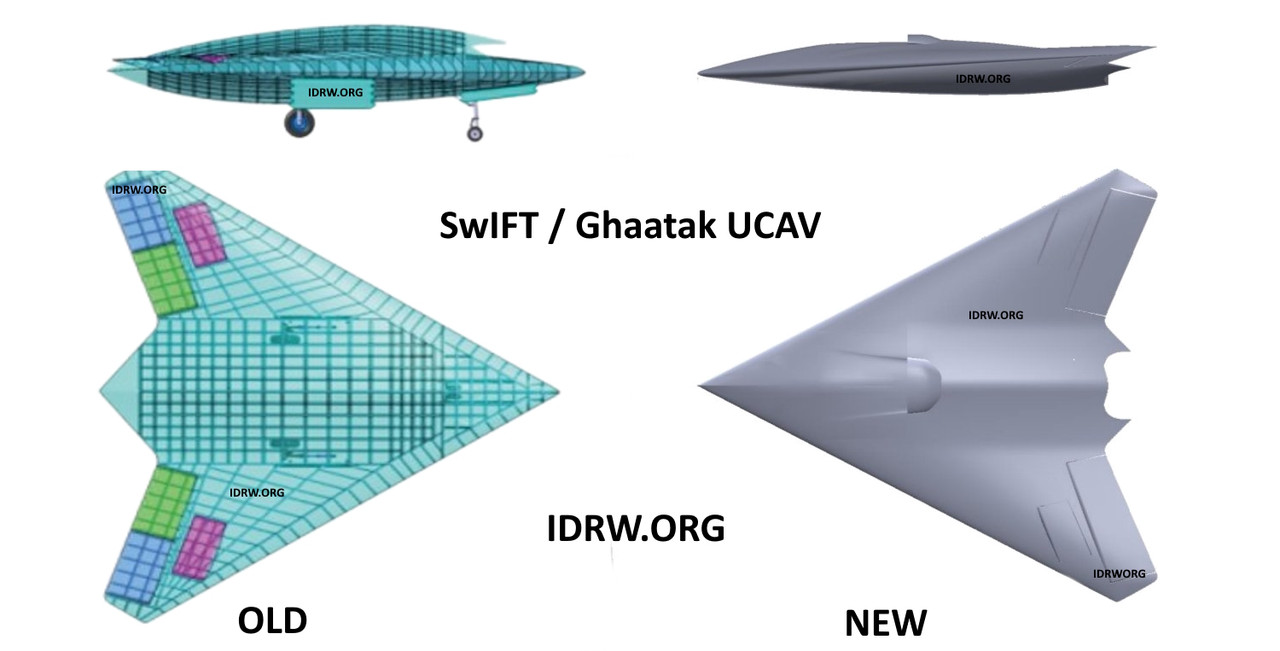

In recent years, the relationship between the Aeronautical Development Agency (ADA) and the Aeronautical Development Establishment (ADE) has seen increasing tension, particularly after the controversial shift of the Unmanned Combat Aerial Vehicle (UCAV) programme from ADA to ADE. This change, which has left many within the defense and aerospace sectors questioning its implications, has led to a souring of what was once a collaborative working dynamic between two pivotal organizations in India’s aerospace sector.
To understand the gravity of this shift, it’s essential to first grasp the roles and functions of ADA and ADE. ADA is the lead agency responsible for the development of advanced fighter aircraft and systems for the Indian Air Force (IAF). It is most notably recognized for its work on the Tejas light combat aircraft, one of India’s most significant homegrown aviation projects. ADA’s primary mandate is to integrate and oversee the design, development, and validation of next-generation aviation technologies.
Continue readingSOURCE: AFI


In an exciting development for the aerospace industry, DG Propulsion has officially begun construction on its new jet engine manufacturing and testing facility. This groundbreaking event marks a significant stride towards the realization of a long-held vision to enhance domestic capabilities in jet propulsion technology.
The ceremony, which took place under clear skies and the watchful eyes of industry leaders, investors, and local dignitaries, was not just about turning the first spade of earth. It symbolized a commitment to innovation, self-reliance, and the pursuit of excellence in aerospace engineering. For DG Propulsion, this is more than just a construction project; it’s the foundation of a new era where the company can design, test, and produce jet engines tailored to specific needs without reliance on foreign technology.
Continue readingSOURCE: AFI


In a significant step towards enhancing safety and efficiency in explosive ordnance disposal (EOD), the Research & Development Establishment (Engineers) [R&DE(E)] has developed an innovative Unexploded Ordnance Handling Robot (UXOR), tailored to meet the specific Qualitative Requirements (QRs) of the Indian Air Force (IAF). This robot, designed to handle and dispose of unexploded ordnance up to 1000 kg, was successfully inducted into service following rigorous field trials and technology transfer (ToT) to an Indian firm in August 2024.
The UXOR is engineered to safely handle and dispose of a wide range of unexploded ordnances, with a capacity for those weighing up to 1 tonne. This capability significantly reduces the physical risk to human operators, who previously had to approach and handle these dangerous devices manually.
Continue readingSOURCE: AFI


In a recent interview with ANI, Air Marshal Dilip Kumar Patnaik (Retd), a respected former officer of the Indian Air Force (IAF), shared his insights on the recent UFO sightings in India. According to Patnaik, these sightings are mostly illusions and do not reflect any genuine extraterrestrial presence. He pointed out that the majority of UFO reports in the country have been observed in regions like Ladakh and Bhuj, both of which are known for their vast, open landscapes and unique atmospheric conditions.
Patnaik, who has extensive experience in military aviation, elaborated on how such sightings could be misinterpreted. “A lot of the phenomena people are reporting as UFOs can actually be attributed to natural occurrences such as weather patterns, optical illusions, or the reflections from nearby light sources,” he said. The vastness and topographical characteristics of places like Ladakh and Bhuj, with their clear skies and high altitudes, may contribute to these misperceptions, making them more susceptible to strange visual phenomena.
Continue reading